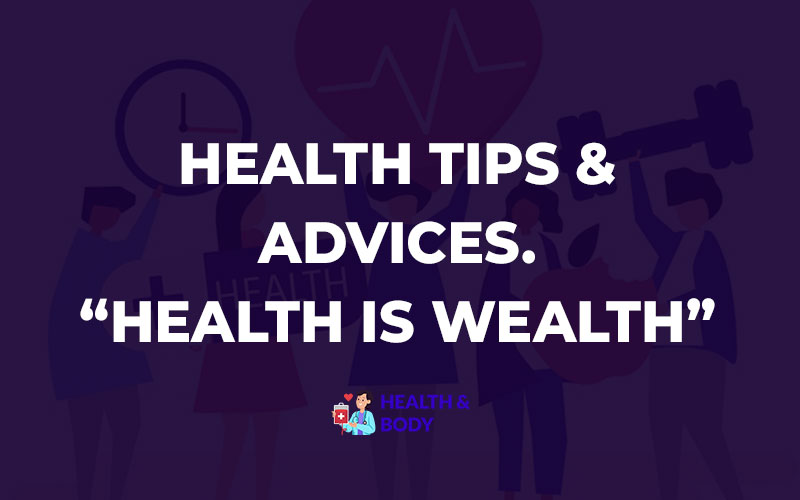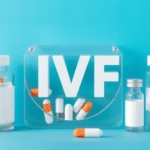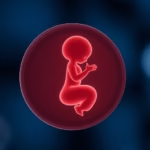Do Varicose Veins Go Away After Pregnancy?
Today we will be talking about varicose veins and their relationship with pregnancy. Varicose veins are enlarged and twisted veins that are commonly found in the legs. They occur when the valves in the veins become weak or damaged, causing blood to pool in the veins instead of flowing back to the heart. This condition affects millions of people, particularly women, and can lead to discomfort, swelling, and aesthetic concerns. During pregnancy, many women experience an increase in blood volume and hormonal changes, which can contribute to the development of varicose veins. Although these veins are often considered a cosmetic issue, they can also indicate a more significant underlying problem with the circulatory system. Understanding whether varicose veins go away after pregnancy is a common concern for many expecting mothers. In this blog post, we will explore various aspects of varicose veins related to pregnancy.
What Causes Varicose Veins?
Understanding the causes of varicose veins is crucial for those experiencing them, especially during pregnancy. Varicose veins form when the blood vessels in the legs become weakened over time, causing them to stretch and bulge. Factors such as genetics, hormonal changes, prolonged sitting or standing, obesity, and age contribute to their formation. During pregnancy, the body undergoes hormonal changes that can affect the elasticity of the veins and increase blood flow, putting extra pressure on the veins in the legs. This combination of factors can lead to the development of varicose veins. Women who have a family history of varicose veins or those who are pregnant with multiples are at an even higher risk. Understanding these causes can help expectant mothers take proactive steps to manage their health during pregnancy.
How Common Are Varicose Veins During Pregnancy?
Varicose veins are quite common during pregnancy, affecting an estimated 30-50% of pregnant women. The increased blood volume and pressure in the pelvic region during pregnancy contribute to the development of these veins. Women who have experienced varicose veins in previous pregnancies are more likely to develop them in subsequent pregnancies. Additionally, the risk is higher for women carrying multiple babies. While they can appear at any time during pregnancy, they most often develop in the third trimester when the body is experiencing the most strain. Knowing that these veins are common can help women feel less anxious and more prepared to address any discomfort they encounter.
Can Varicose Veins Go Away After Pregnancy?
The question of whether varicose veins go away after pregnancy is one that many women ask. In some cases, varicose veins may fade or become less prominent after giving birth as the body returns to its pre-pregnancy state. However, this is not the case for everyone. Some women may find that their varicose veins persist or even worsen following childbirth. Factors that influence this include the severity of the varicose veins during pregnancy, the number of pregnancies a woman has had, and her individual body composition. While some varicose veins may diminish, others may require medical treatment for resolution. It is essential for women to monitor their condition postpartum and consult with their healthcare provider for guidance on next steps.
How to Manage Varicose Veins During Pregnancy
Managing varicose veins during pregnancy involves a combination of lifestyle changes and self-care strategies. Pregnant women can take measures such as wearing compression stockings, elevating their legs, and adopting a regular exercise routine to promote better circulation. Staying active, especially through low-impact activities like walking and swimming, can help alleviate symptoms. Furthermore, avoiding standing or sitting for long periods enhances blood flow and reduces pressure on the veins. Diet also plays a role; maintaining a healthy weight and consuming a diet rich in fiber can minimize the likelihood of constipation, which can exacerbate varicose veins. Seeking guidance from a healthcare provider before starting any new regimen during pregnancy is crucial for safety and effectiveness.
Are There Any Treatments for Varicose Veins After Pregnancy?
After pregnancy, women have several treatment options available for varicose veins. These options range from conservative home treatments to medical interventions. Conservative approaches such as continued use of compression stockings, exercise, and lifestyle changes may suffice for women with mild symptoms. However, more severe cases might require medical procedures, such as sclerotherapy, laser therapy, or vein stripping. Sclerotherapy involves injecting a solution into the affected vein to cause it to collapse and fade. Laser therapy uses targeted light to treat the veins without the need for injections. Consulting with a healthcare provider specialized in vascular health can help determine the most appropriate personalized treatment plan.
Signs and Symptoms of Varicose Veins
Recognizing the signs and symptoms of varicose veins is vital for pregnant women and those postpartum. Common symptoms include swollen, bulging veins that are easily visible through the skin. Other signs may involve a sensation of heaviness or aching in the legs, cramping, or itching around the affected area. In severe cases, varicose veins can lead to complications such as blood clots or skin changes, including discoloration and ulcers. Tracking any symptoms experienced can be beneficial when discussing options with a healthcare provider. Early intervention can lead to better outcomes and reduce discomfort during pregnancy and recovery.
Preventive Measures for Varicose Veins
While not all varicose veins can be prevented, there are several proactive measures that pregnant women can take to reduce their risk. Maintaining a healthy weight during pregnancy is important for minimizing pressure on the veins. Incorporating regular physical activity, staying hydrated, and eating a balanced diet rich in fruits and vegetables can promote overall vascular health. Furthermore, wearing loose-fitting clothing and avoiding high-heeled shoes helps with proper circulation. Elevating the legs during rest and taking breaks to walk can also help alleviate symptoms. Being aware of these preventive strategies can empower women to take control of their vascular health during and after pregnancy.
When to Seek Medical Advice
Knowing when to seek medical advice regarding varicose veins is essential for pregnant women and new mothers. Any severe or sudden changes in the appearance of varicose veins, particularly accompanied by swelling, pain, or skin discoloration, should prompt a visit to a healthcare provider. Additionally, if a woman experiences symptoms of deep vein thrombosis, such as sudden leg swelling, warmth, or increased pain, it is critical to seek immediate medical attention. Regular check-ups with a healthcare provider during and after pregnancy are also important for monitoring vascular health and discussing concerns related to varicose veins. Understanding when to seek help can be lifesaving and ensure appropriate care is received.
The Impact of Genetics on Varicose Veins
Genetics plays a significant role in the likelihood of developing varicose veins. A family history of varicose veins may increase an individual’s risk, and several hereditary factors can contribute to vein weakness. Women with relatives who have a history of varicose veins may want to take extra preventative measures during pregnancy to mitigate the risk. While genetics can’t be changed, understanding one’s genetic predisposition can alert women to monitor any symptoms and be proactive in their self-care approach. Discussing family history with a healthcare provider can help tailor preventive strategies to one’s specific circumstances, ensuring better management and awareness of the condition.
Conclusion
In conclusion, understanding varicose veins in relation to pregnancy is critical for expectant mothers and new moms navigating the challenges of their changing bodies. Varicose veins are a common concern, impacting a significant percentage of women during and after pregnancy due to an increase in blood volume and hormonal changes. While some varicose veins may fade or resolve after childbirth, others may persist and require treatment. Women can adopt various management strategies during pregnancy, such as wearing compression stockings, engaging in regular exercise, and maintaining a healthy diet, to alleviate discomfort and improve circulation. After giving birth, treatment options are available for those with persistent symptoms, ranging from conservative methods to medical interventions. Awareness of symptoms and when to seek medical advice, as well as the genetic factors influencing the development of varicose veins, empowers women to be proactive about their vascular health. Ultimately, with proper care and understanding, many women can effectively manage varicose veins related to pregnancy.
Frequently Asked Questions
1. Can I develop varicose veins even if my mother didn’t have them?
Yes, while genetics play a significant role in developing varicose veins, other factors such as pregnancy, weight, and lifestyle can also contribute to their formation.
2. Are varicose veins dangerous?
While varicose veins are often a cosmetic concern, they can indicate underlying circulatory issues. In some cases, they may lead to complications such as blood clots or ulcers, so monitoring and consulting with a healthcare provider is essential.
3. Are compression stockings effective in treating varicose veins during pregnancy?
Yes, compression stockings can be effective in providing relief and preventing the progression of varicose veins during pregnancy by improving circulation and reducing swelling.
4. Will my varicose veins definitely go away after pregnancy?
Not necessarily. While some women may find their varicose veins fade after childbirth, others may experience persistence or worsening, requiring treatment.
5. What lifestyle changes can I make to minimize the risk of varicose veins?
Maintaining a healthy weight, engaging in regular exercise, elevating your legs, wearing proper footwear, and eating a balanced diet can all help minimize the risk and manage symptoms of varicose veins.
Further Reading
3.5 tog sleeping bag temperature guide
What Type of Psychotherapy Is Best for Anxiety?







